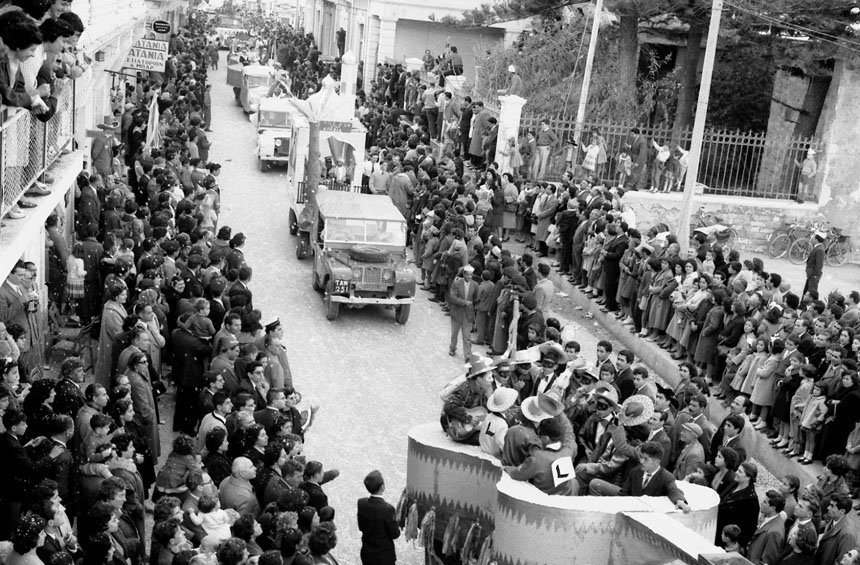
For Limassolians, having fun runs in their blood and this is proved by the history of the city. The celebration of Carnival, which today attracts thousands of people from all the cities of Cyprus, but also from abroad, has its roots in the ancient times. In its original form it only involved the elite of the society, yet it slowly evolved into a great popular festive occasion.
Carnival has its roots in ancient Greece, through which it later arrived in Cyprus and especially in the ancient civilization of Amathounta. ‘Dionisia’, in honor of Dionisos and ‘Adonia’, in honor of Aphrodite’s exceptionally beautiful demigod lover, Adonis, were 2 ancient festivals where both children and adults would participate in disguise. Historical evidence prove that the carnival feast, continued during the Middle Ages and during the periods of the Venetian and the Frankish Rule despite the dominance of Christianity and the obedience to strict moral laws.
The first reference to the carnival comes from Neofitos Englistos, who blames through his written work those who participate in the idolatrous and foreign custom of celebrating the beginning of the Great Lent. The second one comes from Cristofori Furher of Nirenberg, who visited Cyprus during the spring of 1566, He particularly mentions that on these specific days, Cypriot nobles used to organize glorious feasts made up of games and dance.
People continued to celebrate Carnival during the long period of the Ottoman rule as well as during the period of the British rule. In 1898, private individuals set up the first committee which would honour the person in the best disguise with 20 golden francs. During the Limassol Carnival in 1929, the first beauty pageant had been introduced. Selecting a ‘beauty queen’ seemed a rather radical move at the time.

The year of 1928 is of great significance since the mine workers from Amiantos participate in the parade, while using 25 cars, which belonged to the mine. The conductor, Georgios Chormouzios, was in charge of their philharmonic orchestra. This marked the beginning of the working class participating in the carnival events.
A few years later, at the beginning of the 1930s, the cinemas ‘Giordamli’ and ‘Rialto’ were in operation in Limassol. Thanks to their progressive owners or managers, Ioulios Giordamli and Christoforos Malakasas, the most successful and crowded events were organized there for the next 3 decades. During that time, social classes were abolished and thus, rich and poor people used to have fun together, turning the carnival into a crowded, public feast.
The Limassol Carnival has been a form of artistic expression and elegance since the ancient times. The people of Limassol would always pay particular attention to the elegant appearance of their costumes, as well as to the participation of almost all arts and of their creators at the carnival (eg. floats, costumes, make-up etc).
Music is another important aspect of the carnival. The serenade of Limassol is of an equally high level as the serenades of Kefallonia, Zakynthos and Athens. It is praised by many people, including the serenaders ‘Giorgalletoi’ and the ‘Ares’ Choir. In 1910, the conductor Georgios Chormouzios creates the first mandolinata and consistently takes part in carnival events. In 1925, he takes the people of Limassol by surprise by participating for the first time in the carnival parade.
The carnival has survived in periods of obscurantism and of strong religious beliefs and it had been criticised many times by the church and priests. The town of Limassol was also under fire for hosting the ‘sinful’ carnival. However, it is obvious that even during difficult times, it manages to survive and to attract even more people. It’s not a coincidence that people have always believed in the phrase ‘during poverty, people need to have fun’.